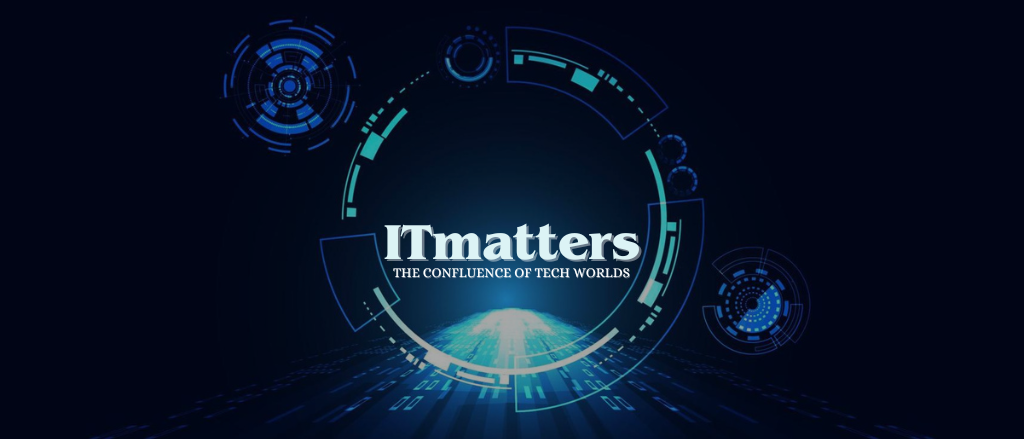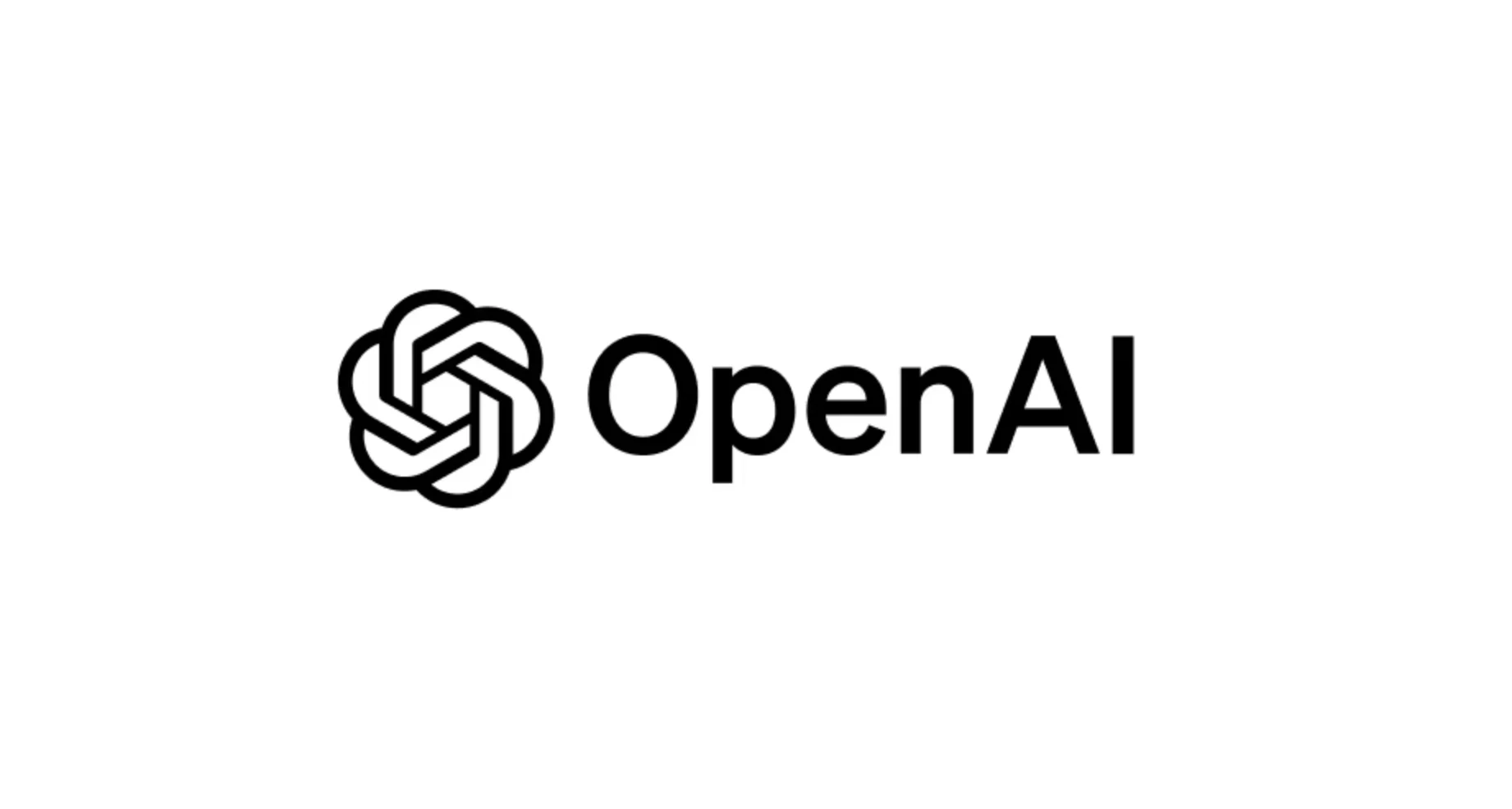OpenAI is taking a big step in AI video generation. The company has announced plans to integrate its powerful AI video tool, Sora, into ChatGPT. This means that users may soon generate AI-powered videos directly within ChatGPT instead of relying on a separate web app.
How Sora Works Right Now
Sora, OpenAI’s AI video model, allows users to create short cinematic clips of up to 20 seconds. Currently, users access it through a standalone web app that launched in December. It has primarily attracted creative professionals and video studios looking for AI-powered filmmaking solutions.
However, OpenAI is now focusing on a broader audience. By bringing Sora into ChatGPT, the company hopes to make AI video creation easier for everyday users.
What This Means for ChatGPT Users
This integration could make ChatGPT even more powerful and appealing. Users will likely be able to generate videos using text prompts, just like they create AI-generated images today. However, OpenAI’s product lead for Sora, Rohan Sahai, mentioned that the ChatGPT version may not have all the advanced editing features available in the standalone Sora app.
There’s also speculation that OpenAI might limit Sora’s video generation to ChatGPT’s premium users. This could encourage more people to upgrade to paid tiers for better access to AI-driven content creation.
OpenAI’s Future Plans for Sora
Apart from bringing Sora to ChatGPT, OpenAI is working on other expansions. The company wants to enhance Sora’s capabilities to generate high-quality AI images. This would compete with existing AI image tools, like OpenAI’s own DALL-E 3, but could offer even more photorealistic results.
Additionally, OpenAI is considering a standalone mobile app for Sora. This would make AI video creation accessible on smartphones, expanding its user base beyond desktop users.
How This Could Change AI Content Creation
By integrating Sora into ChatGPT, OpenAI is positioning itself as a leader in AI-powered content creation. This move could revolutionize how people create videos, making AI-driven filmmaking more accessible. It also hints at OpenAI’s broader ambitions—to make ChatGPT a one-stop platform for text, image, and video generation.
While there’s no official timeline for this rollout, the potential is huge. If successful, this could change how businesses, creators, and casual users interact with AI-generated media.
Stay tuned as OpenAI continues to push the boundaries of AI content creation.






